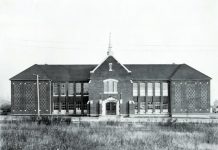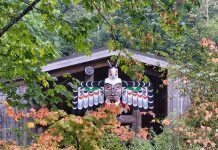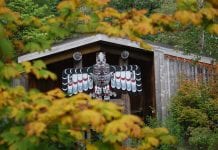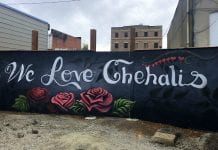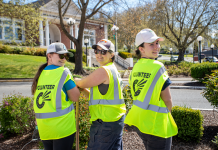Lewis County has a unique history from the last ice age to the repercussions of Mount Saint Helen’s eruption in 1980 and all the history in between, such as the infamous Bootlegging Era.
Bootlegging is defined as the illegal manufacture, distribution, or sale of goods, especially alcohol or recordings. Prohibition is the legal banning and sale of alcohol and distribution from the 1920s to the 1930s. During Prohibition, Lewis County had bootleggers surrounded by mystery and surprising backgrounds, including law enforcement corruption and a sheriff’s involvement with the illegal industry.
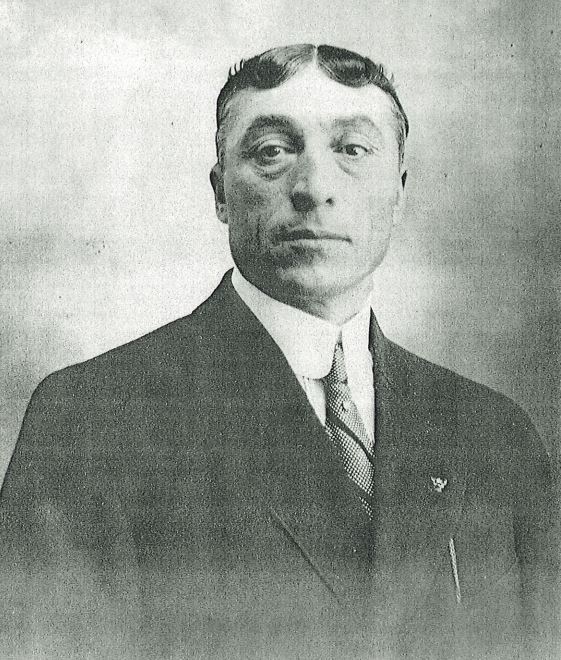
Bootlegging in Lewis County at The Olympic Club
In the center of Lewis County bootlegging was Centralia’s Olympic Club. The Olympic Club opened in 1908 and was initially called “The Gentlemen’s Resort.”
The resort was highly successful due to the gambling games, which were treated much like a highly anticipated boxing match and the well-to-do terms between the local police and the saloon’s owners. The partnership between the local law enforcement and the owners is what helped the club ultimately survive Prohibition.
The club’s owners went as far as traveling to Canada to replenish their liquor supplies and putting them into train cars of an evasive railway spanning through Montanna, then arriving in Lewis County.
“Have no fear, the law is with us.” That was most likely the club owner’s train of thought, for the county sheriff was allegedly involved in the trade and later arrested on bootlegging charges. Although there were many legal issues, the establishment never closed. The Oly Club paid off the police, thus ending many legal battles.
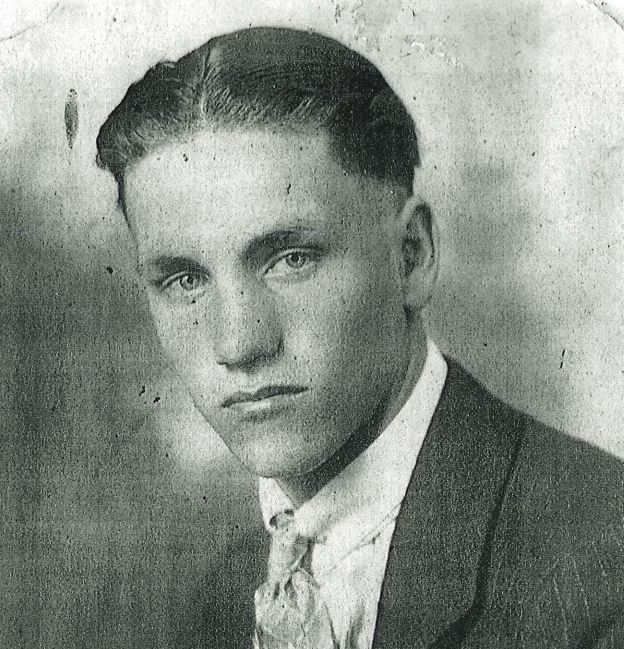
Were Underground Tunnels Used for Bootlegging in Lewis County?
One of the biggest myths and mysteries is the tunnel under the Oly Club. As per an interview with an employee, “There are no tunnels. I looked, but it is all solid. It’s just a myth.”
According to Olympic Club Historian Tim Hills, “I remember hearing lots of stories about the Oly Club’s basement tunnels, which were used to bring in illegal booze. And I also recall stories about the pickle barrel with the trap door.”
It is rumored that bootleggers used tunnels from the bar to the railroad tracks nearby. Upstairs at the Oly Club is a pickle barrel with a false bottom used to hide booze, likely one of many remembered pickle barrels.
Furthermore, a tunnel spanning approximately a quarter of a mile leads to the old lumber mill at the s-curves nearby. The lumber mill workers used the underground passageway for safe travel to and from the mill. This tunnel is in ideal proximity to that of the Oly Club.
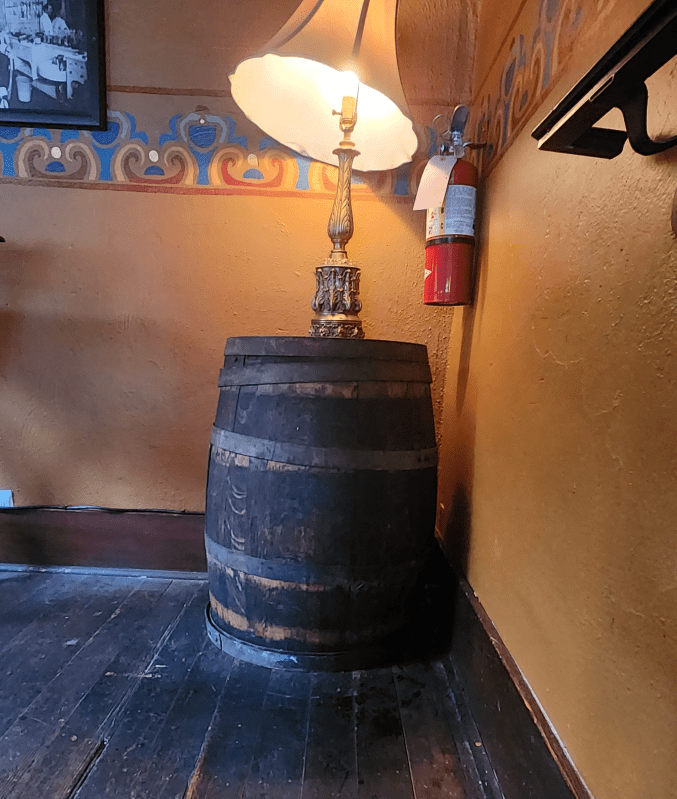
The Prominent People Involved in Rebelling Against Prohibition
Prominent people involved in the Oly Club bootlegging were Lucien Christen and Jack Sciutte. Lucien Christen was a card dealer and former bootlegger and once even worked for such characters as Al Capone. Jack Sciutte was the original owner of the club and a local boxing organizer, as well as “The King of The Bootleggers.”
Even Harry R Truman, the man most known for not leaving his home before Mount Saint Helen’s eruption, was reportedly a bootlegger in Chehalis for a time.
Moonshine distilleries spanned Centralia and Chehalis, but the most used region was mainly East Lewis County, adding to the history of Lewis County’s bootlegging industry. A place called “Moonshine Alley” was a location for illegal alcohol distributors in Onalaska. The Eastern Lewis County region was highly desired by bootleggers, for the trees and brush gave much cover over their operations.
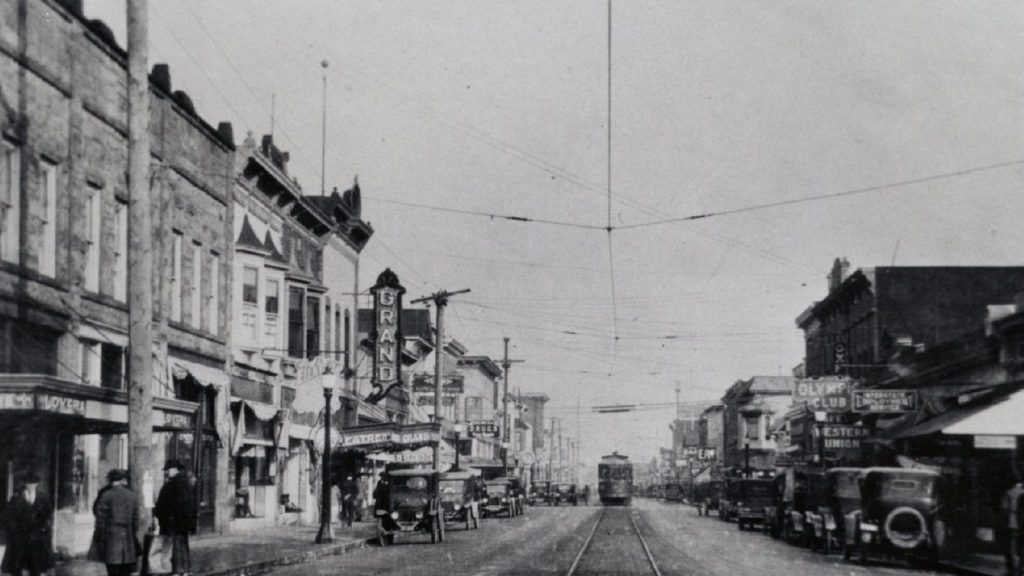
Imagine being back in the 1920s to the 1930s, transporting illegal alcohol using fast cars with no headlights, and hoping that the police who were not on your side didn’t hear your car in the night. Or traveling to Canada to replenish your supplies by using the railway through Montana and back to Lewis County.
The measures many prominent and ordinary people took to supply illegal alcohol were remarkable, including the moonshiners in the brush, the owners of the Oly Club, and the police allegedly involved. It’s the true spirit of rebelliousness fostered by those who seemed to have no fear.
There was much corruption and myths surrounding the bootleggers’ operation tools, such as the tunnel. However, the only known tunnel in Lewis County near the Oly Club is the tunnel the mill workers used. Curiously, the old lumber mill at the s-curves burned down during the early years of Prohibition.
Is it possible the bootleggers set fire to the mill to gain access to their tunnel? It is suspected the fire might have been arson. Lewis County’s history with bootlegging seems to have more questions than answers, or in some cases, the dots haven’t been connected.
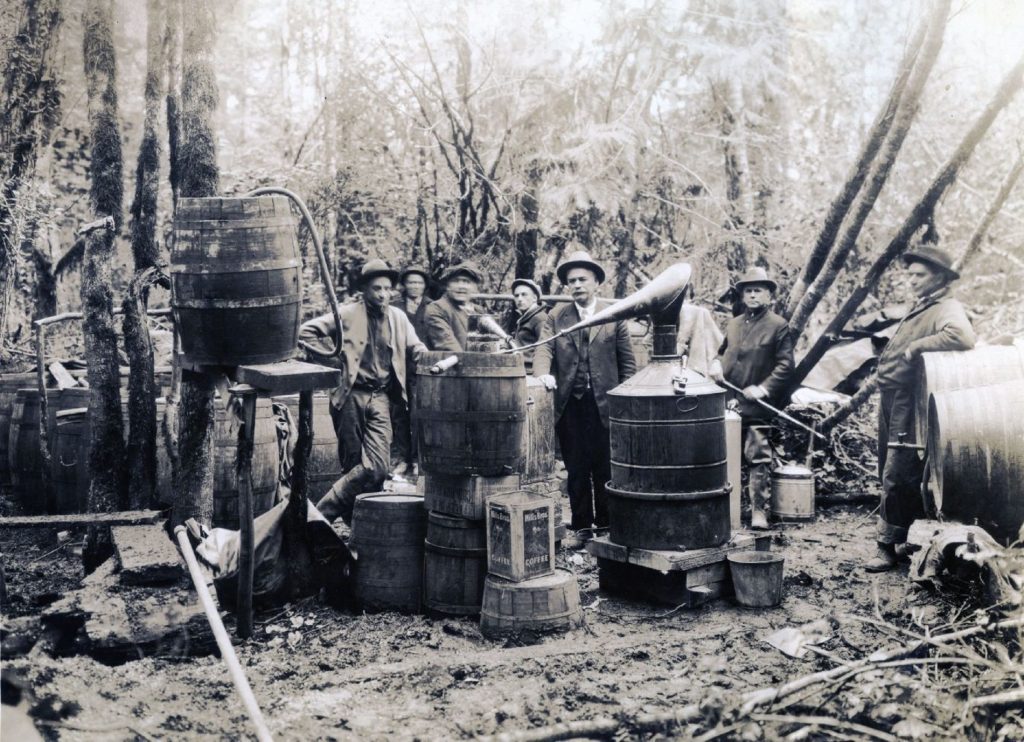
The End of Prohibition
Bootlegging takes us back to a time of rebelliousness, corruption, and ingenuity many have forgotten about. It took place when many had to do almost anything to survive, bringing us back to the old logging days and The Great Depression.
Prohibition was ultimately lifted due to the rise of crime, as people were doing whatever they could for money with bootlegging at the top. With the establishment of the 21st Amendment in 1933, Prohibition ended to help stop the crime wave and bring in more taxes, which improved the economy as it bounced back from The Great Depression.
Bootlegging, however, did not end when Prohibition was lifted. Moonshiners kept on with the trade well into the 1960s and beyond. Many did not want to pay taxes and thus continued the distribution of moonshine decades later. The odds are some moonshiners are still in operation today.








